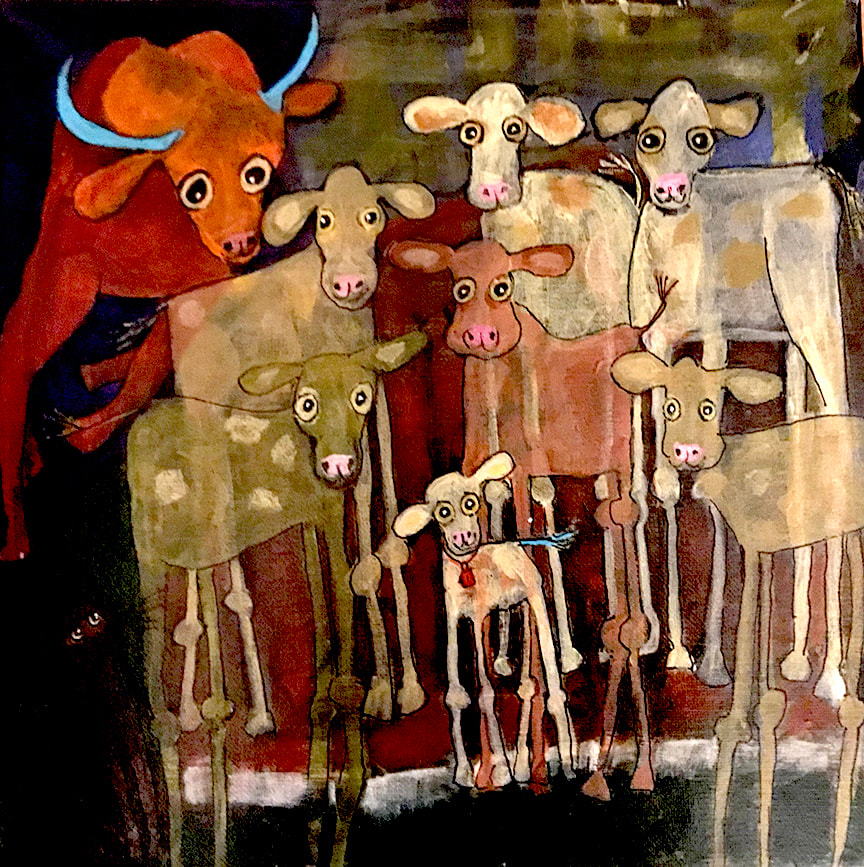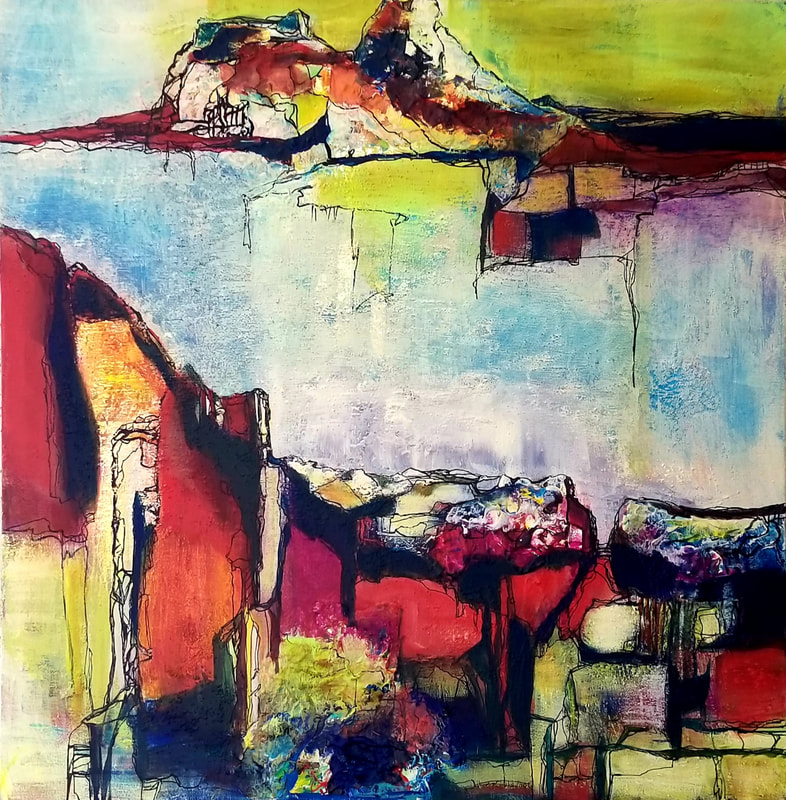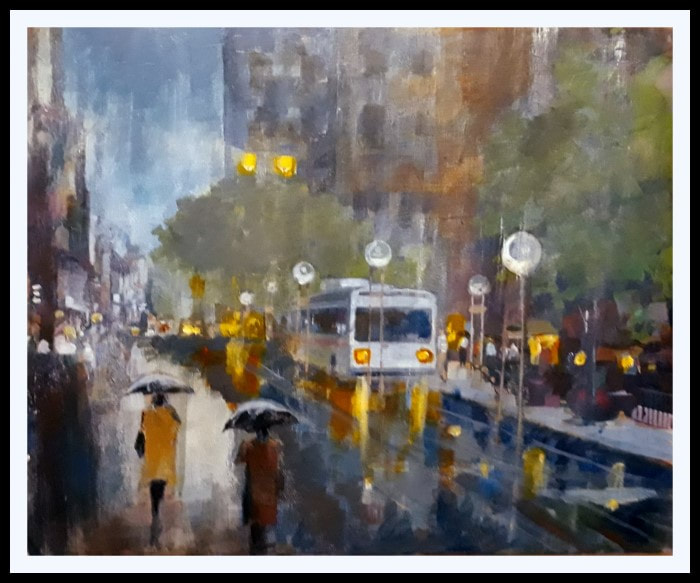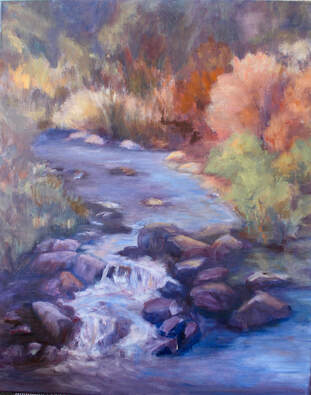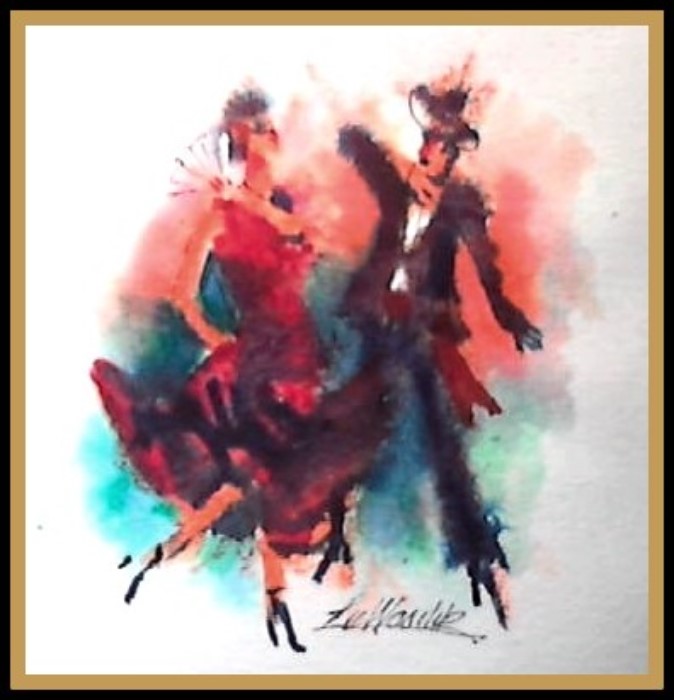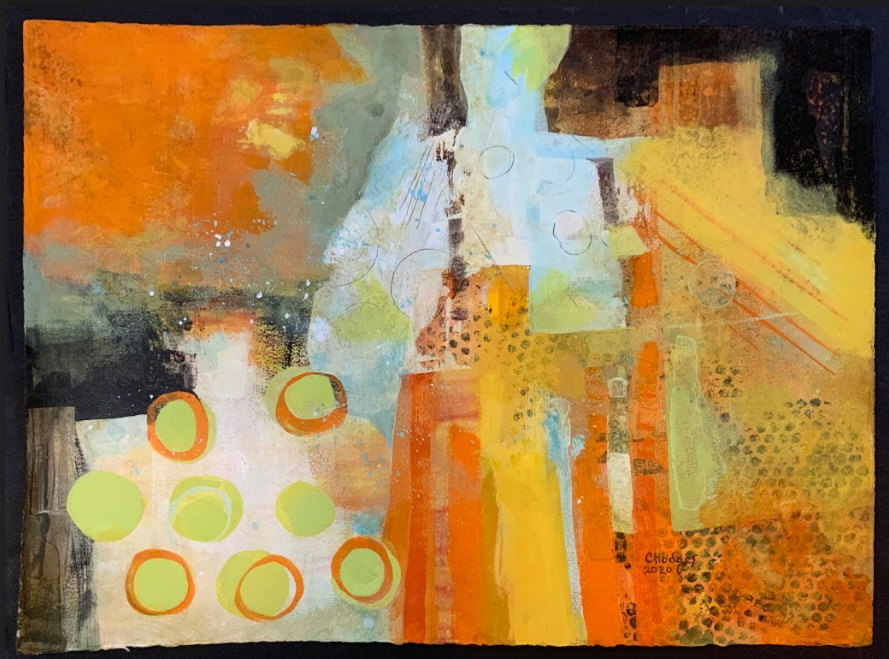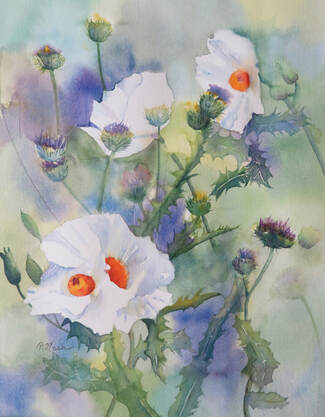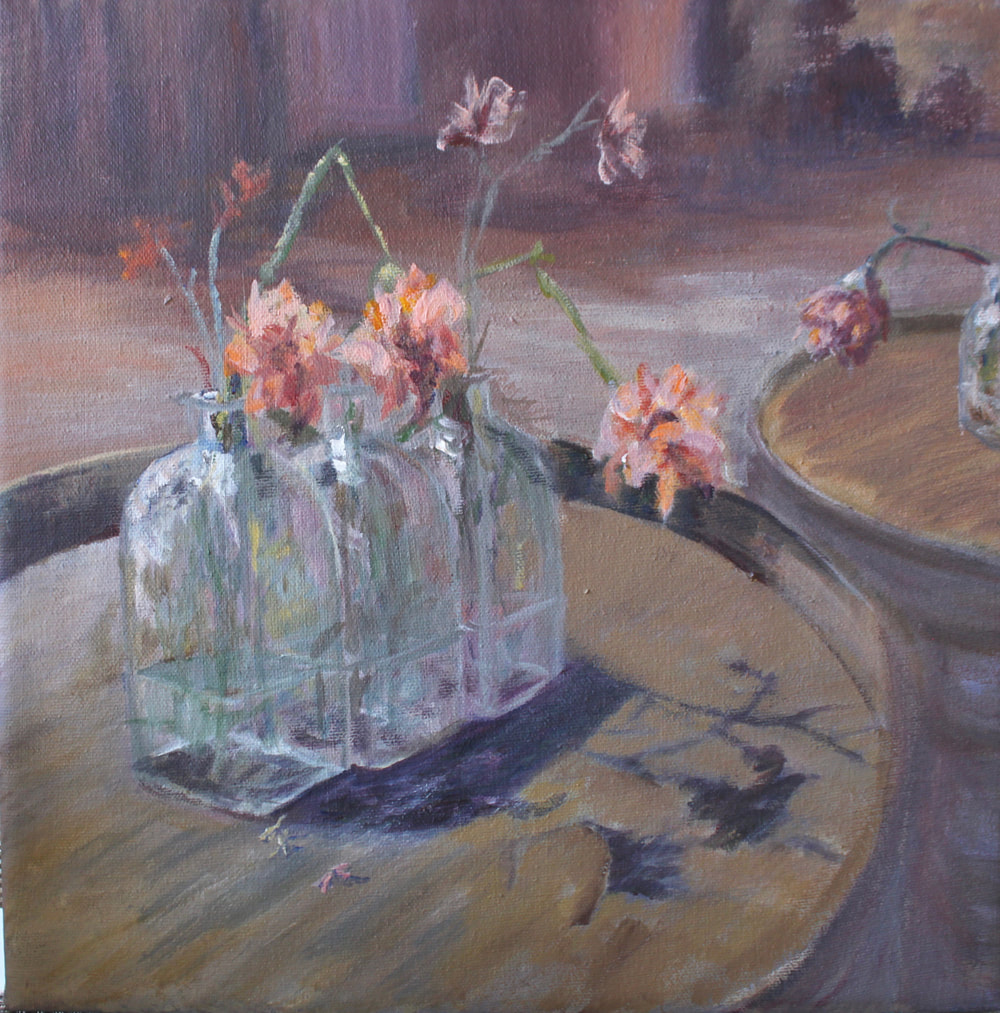2020 HFAG On-Line Show!
The Heritage Fine Art Guild is pleased to present our 2020 online show!
We were honored to feature such a wonderful and diverse collection of art from area artists for this show.
Please see our show entries below. If you are interested in purchasing one of these pieces, please email us with the Title and Artist of the piece at:
[email protected]
A special thanks to Phyllis Vandehaar who was our Juror for our 2020 online show!
>> See Juror's Statement
Here are the award winners and other entries:
We were honored to feature such a wonderful and diverse collection of art from area artists for this show.
Please see our show entries below. If you are interested in purchasing one of these pieces, please email us with the Title and Artist of the piece at:
[email protected]
A special thanks to Phyllis Vandehaar who was our Juror for our 2020 online show!
>> See Juror's Statement
Here are the award winners and other entries:
|
Second Place
"Rain in the Mile Hi City"
by Lee Wasilik 16" x 20" Acrylic NFS Honorable Mention
"Fall at Its Best"
by Teri Hendricks 20" x 16" Acrylic $325 Honorable Mention
"Spanish Dancers"
by Lee Wasilik 14" x 14" Watercolor NFS |
Third Place
"Seeking the Jaguar"
by Celeste Hodges 22" x 30" Acrylic $880 Honorable Mention
"Prickly Poppies"
by Patty Nash 14" x 11" Watercolor $225 Honorable Mention
"Hot Summer Day"
by Teri Hendrix 12" x 12" Acrylic $210 |
Other Entries -- Click on image for larger view, artist and description:
JURORS’ STATEMENT
When I was asked to jury this show, I was honored to do so. Critiquing art work has always been one of my endeavors as an artist. My career was one of a high school art instructor; my contention has always been, “I had one of the best jobs a person could pursue.” In teaching I always believed the following: art is a way of living, a way to develop ones’ self-confidence, a way to question, and, a way to think and to problem-solve. And, to this end, I always gave my students “assignments” which required them to sort through answers and find the best solutions.
To accompany this way of teaching, I relied heavily on the “critiquing” process where they were asked to “defend” themselves (so to speak), or, in other words, to verbalize or write justifications for their choices. Then, as a follow up, I wrote copious amounts of dialogue with my own evaluations.
To this day I continue the “questioning” process, and this kind of thinking has translated into how I conduct a “jury” session of an art exhibit. You, the audience, certainly have the right to disagree with me. My opinion is simply one opinion. In this exhibit I have tired diligently to ask myself questions about your work. I NEVER intend to offend or alienate, rather, to express what your work tells me. All of you are very attached to your art, as I am to mine. With this in mind, my statements, if representative of “constructive criticism” is just my way of try to help you see how you might try to improve a particular piece of art work. With very few exceptions, I did not know whose work I was seeing, so, my judgments (right or wrong), purely were my reaction to a “visual statement.” With that being said, I hope you will gain something from my comments. Thank you.
-- Phyllis Vanderhaar
To accompany this way of teaching, I relied heavily on the “critiquing” process where they were asked to “defend” themselves (so to speak), or, in other words, to verbalize or write justifications for their choices. Then, as a follow up, I wrote copious amounts of dialogue with my own evaluations.
To this day I continue the “questioning” process, and this kind of thinking has translated into how I conduct a “jury” session of an art exhibit. You, the audience, certainly have the right to disagree with me. My opinion is simply one opinion. In this exhibit I have tired diligently to ask myself questions about your work. I NEVER intend to offend or alienate, rather, to express what your work tells me. All of you are very attached to your art, as I am to mine. With this in mind, my statements, if representative of “constructive criticism” is just my way of try to help you see how you might try to improve a particular piece of art work. With very few exceptions, I did not know whose work I was seeing, so, my judgments (right or wrong), purely were my reaction to a “visual statement.” With that being said, I hope you will gain something from my comments. Thank you.
-- Phyllis Vanderhaar
